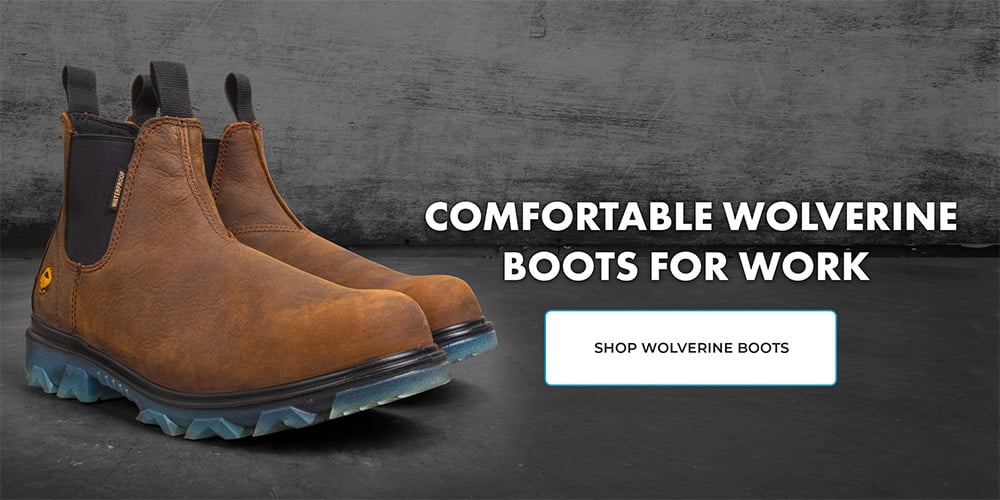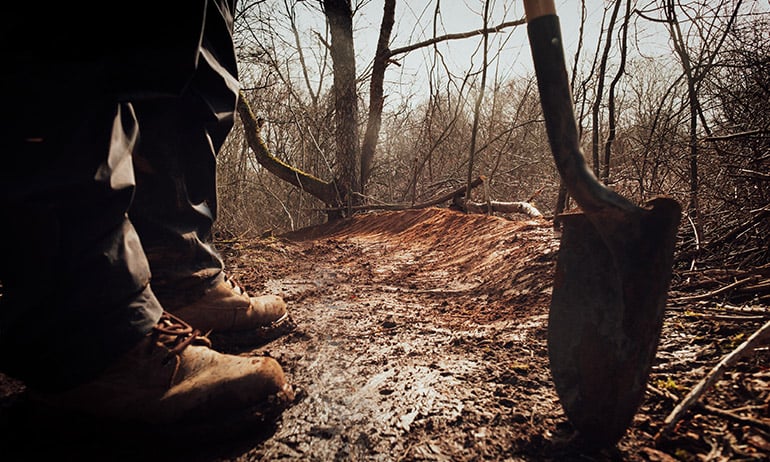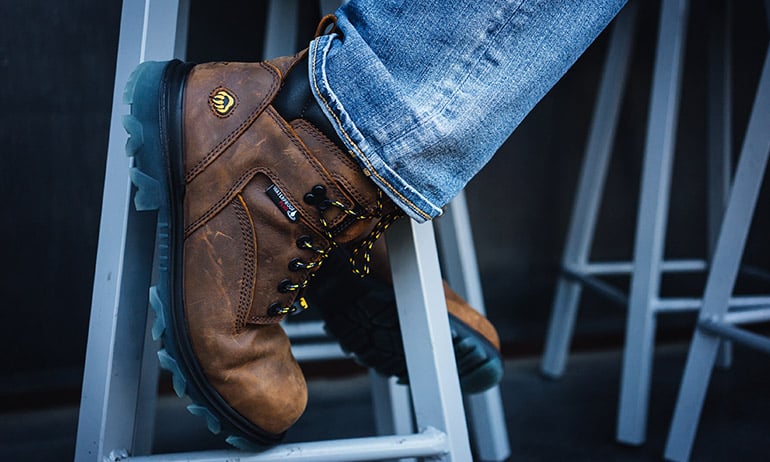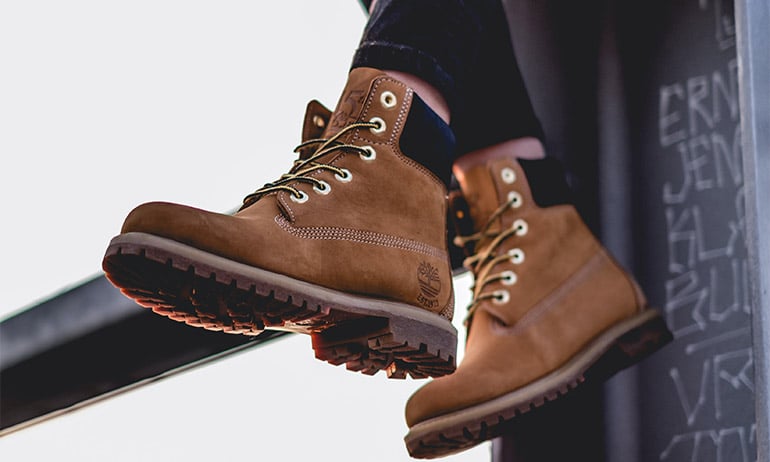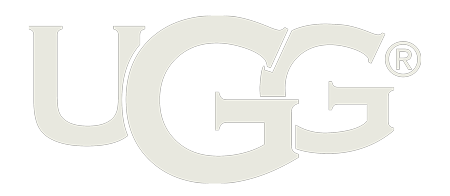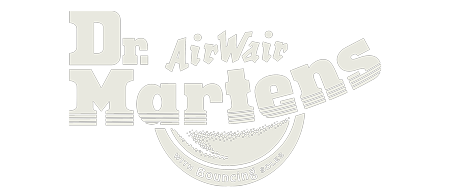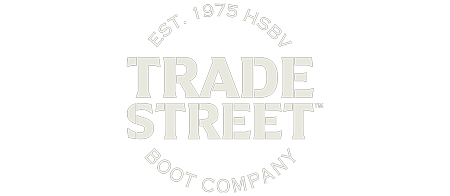Jun 25, 2021 / Safety Toe Footwear, Slip Resistant Footwear
How To Clean Wedge Sole Work Boots
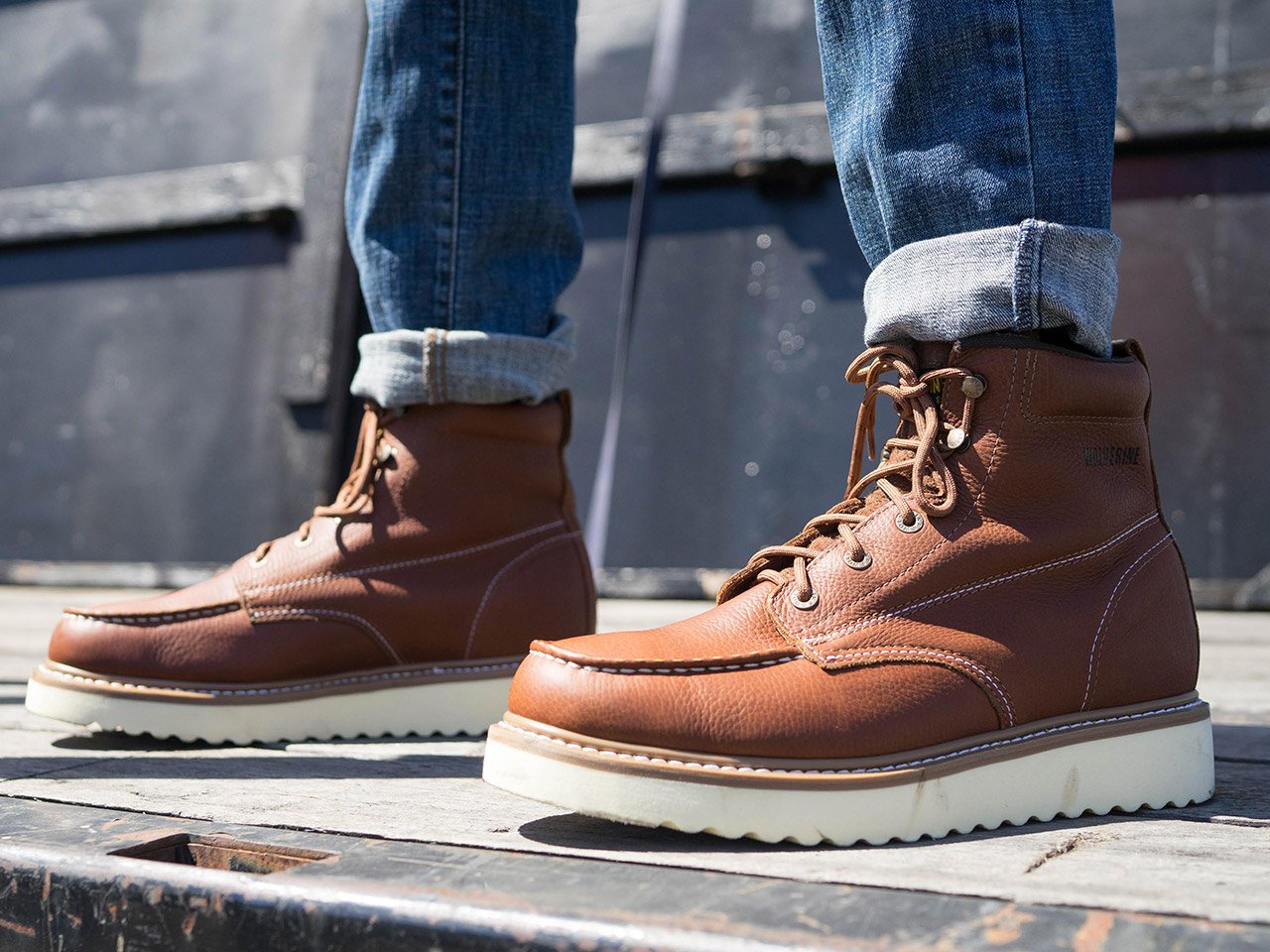
Chances are, your wedge sole work boot takes a lot of daily wear and tear. After all, it is a boot that is made to work as hard as you do! Even if you own a waterproof boot like wolverine work boots, for most owners of a wedge sole work boot, the need for a deep clean is a certainty. Wedge sole work boots are made to get dirty, but luckily they are also easy to clean!
Cleaning a wedge sole work boot is not a difficult task, though it does take a little bit of time. For those who are detail-oriented or who can easily become engrossed in their work, cleaning a work sole boot may even be therapeutic!
Your wedge sole work boot is likely a mixture of rubber and either fabric or leather. Whether the upper boot is scuffed and dirty, or whether the white rubber has turned a tarnished shade of dark grey, this guide will help you to properly identify and correctly clean any area of your wedge boot that needs a little TLC.
When cleaning your wedge sole safety shoes, you are going to need the correct tools. Using the proper accessories will leave you with a cleaner shoe while saving you time and effort along the way. The tools you will need for cleaning your boots are:
A Stiff Bristled Brush: Typically, an old toothbrush is a perfect tool for cleaning your wedge sole work boots. A toothbrush is small and agile enough to work in between the soles' ridges while also maintaining enough surface area to clean the wider areas in between the bottom of the boot and the fabric.
Any small stiff-bristled brush will work just fine, but you want to be sure your brush is small enough to clean in between the ridges of the soles properly. Do not use a wire brush! Wire can easily damage the rubber by tearing into it, scraping it, or even stripping some of it away. Use a brush with synthetic fibers that will be tough on grime but easy on the shoe.
OxiClean: When it comes to making the soles of your boots sparkling white again, there is nothing better to use than OxiClean. OxiClean will clean your boots, removing the tarnish of daily wear without harming the soles' rubber. Additionally, OxiClean is best for removing stains and grime that soap and water simply can't get out. Standard bleach tends to be a little too harsh, so OxiClean (or some other version of a similar product) is the best choice for a cleaning solution.
Mix the OxiClean into a small dish with water to dilute as directed. You shouldn't need more than a small mixture as a little bit of OxiClean goes a long way. Usually, two tablespoons to one cup of water is a good proportion, but you can always refer to the cleaner's directions. OxiClean substitutes include Bar Keeper's Friend or a good old fashioned mixture of hydrogen peroxide and baking soda.
Two small dishes of warm water: This one is relatively self-explanatory. One dish of water will be used to dilute the OxiClean, and the other will be used for wiping off your shoes as needed.
Two rags (preferably microfiber): One rag will be used for getting wet and wiping away debris, and the other will be used for drying. Having a third rag on hand isn't a bad idea either.
A Large Towel (one you don't mind getting stained): Whatever cleaning product you choose to help return the natural shine of your shoes, chances are it has the power to stain. Be sure to lay out a large towel that you don't mind getting a little beat up so that you can keep the staining to a minimum.
A Step by Step Guide To The Process:
Once you have laid out your tools and accessories, you are ready to begin cleaning! Here are the necessary steps for a deep clean that will leave your work boots looking as good as new.
1) Get rid of any excess debris - Before you begin deep cleaning your wedge sole boots, take them outside and remove any caked-on mud, dirt and debris. Knock your boots on the ground outside, use a damp towel on the top and the toe of the boot, do whatever you need to do to get the majority of gunk off your shoes. This cleaning process is more about restoring your shoes to that new sparkling look rather than scraping off the dirt. Do the dirty work before you bring your shoes in to begin cleaning.
2) One boot at a time - Grab your first boot and wipe away any excess debris that may still be lingering from knocking them around outside. It is important that you work on a flat surface that you don't mind getting a little dirty.
Between the stain-fighting chemicals in the OxiClean and the dirty runoff from the shoe itself, you will make a little bit of a mess. Lay out a ratty towel that you don't mind getting slightly dirty or even a bit stained on a stable flat surface.
We recommend a tile counter or some other surface that is easily cleaned, just in case water bleeds through the towel. It is usually best to avoid cleaning your boots on a wood surface like a finished table.
3) Begin applying OxiClean - Dip your toothbrush into the small dish of OxiClean and begin working on the midsole, i.e., the rubber edges in between the sole and fabric. Make circular motions with the toothbrush, slowly making your way across the entirety of the surface area.
As you scrub in small circles, you will begin to see the natural color of the rubber return to your shoes. Re-dip the toothbrush into the cleaning solution after every 10-15 circular scrubs to ensure you are applying enough of the solution to the rubber as you go along.
Cleaning the midsole will take time but be patient. The more meticulous you are during this process, the better the OxiClean will work. You control how clean your boot is based on how much time you spend during this process. Remember that the shoe's midsole, and especially the heel, tend to be the most noticeable in terms of cleanliness.
4) Clean the sole - Cleaning the sole of the shoe requires the same process that you put into practice while cleaning the midsole. Usually, no one can see the soles of your work boots, so how much time you spend here is completely dependent on preference. If you don't care about your shoe's sole being sparkling white, then give the sole a quick once over for good measure.
The only difference between the sole and midsole is that the sole's grooves may require more attention. Even though you knocked out all the loose debris before beginning the deep clean process, you may find some areas that need addressing once you look a bit closer. Use your toothbrush vigorously on the soles to ensure that the sole's grooves are cleaned with care.
5) The Wipe Down - Take a damp rag and wipe down the entire boot beginning with the top of the boot and working our way down. It is important to work the fabric or leather, if you own leather work boots, first to avoid any OxiClean cross over. You would hate to stain your boot by accidentally wiping OxiClean residue from the midsole, so always work from the top down.
Your rag should be damp, but not wet. A dry rag should be used for leather boots, and then commercial shoe polish can be applied. For a fabric boot, a small dish soap and water solution is best for cleaning, followed by a dry rag to absorb any excess moisture.
You want to be able to wipe away any dirt or debris from the fabric or leather of the boot without too much moisture. Do not ever use a wet rag on suede! We doubt your wedge sole work boots are made with suede, but just in case, we figured we'd remind you.
6) Dry For A Clean Finish - Immediately take a dry rag and wipe down the entire boot again from top to bottom. Set the boot aside and get to work on the second one! Repeat the process as many times as necessary until you are satisfied with the cleanliness of your boots.
The Easiest Boot To Clean
Keeping your best wedge sole work boots clean is going to require a little bit of effort, but it will still be far less than the work required to clean a standard heel boot. While the soles of many wedge sole work boots have grooves and ridges, these are no match for a good brush and a little elbow grease.
Using the cleaning technique laid out in this guide on your footwear, you will have no problem getting your boots back to their original glory. You may even have people asking you, "where'd you get your new boots!?"
Reviewed By:
Ed Stone brings over 45 years of footwear knowledge and passion to his role as President of Boot World, a family-owned company and an industry leader in safety and occupational footwear. A second generation "shoe dog” Ed's footwear knowledge is unparalleled, serving as an informal advisor for some of the worlds largest footwear brands including Wolverine, Timberland PRO, and Reebok Works.
A lifelong Southern California resident, and ardent conservationist, Ed enjoys hiking and open water swimming.
